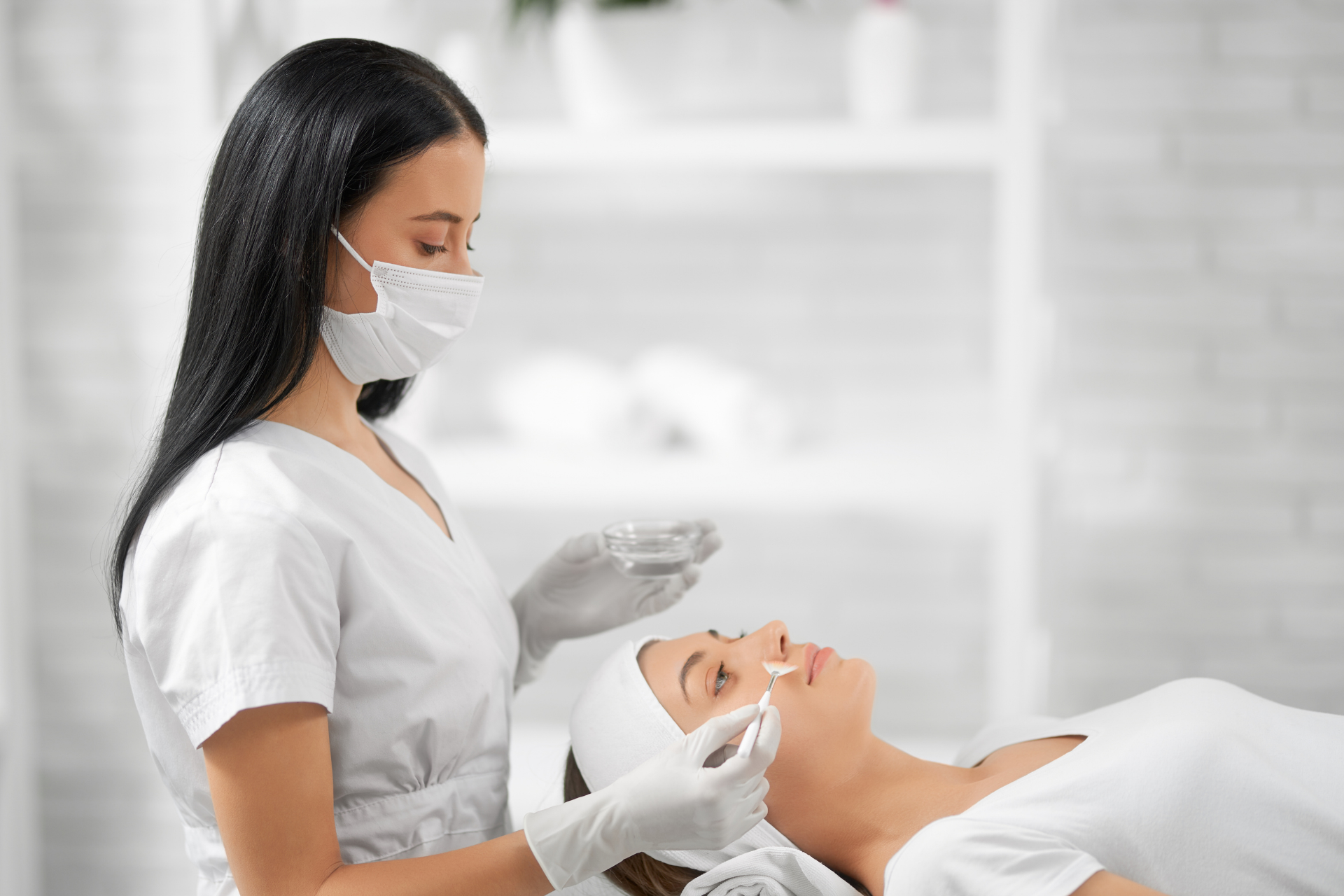Post-Procedure Care: What to Expect After Dermatological Treatments

Whether you've undergone a routine skin rejuvenation treatment or a more intensive procedure to address a specific skin concern, the aftercare process plays a crucial role in the success of your dermatological treatment. At Fall Creek Skin and Health Clinic, we understand the importance of post-procedure care in ensuring optimal outcomes for our patients. In this blog post, we will guide you through what to expect after dermatological treatments and provide you with essential tips to take care of your skin post-treatment.
Understanding the Recovery Process
After undergoing a dermatological procedure, your skin needs time to heal and regenerate. The recovery process may vary depending on the type of treatment you have received, ranging from minimally invasive procedures like chemical peels and microdermabrasion to more invasive treatments such as laser therapy or surgical interventions.
Immediate Post-Treatment Care:
- Your skin may appear red, swollen, or sensitive immediately following the procedure.
- Your provider may apply soothing creams or ointments to aid in the healing process.
- It is essential to follow any specific instructions provided by your dermatologist regarding post-treatment care.
Early Days of Recovery:
- In the first few days after the procedure, you may experience some discomfort, tightness, or peeling of the skin.
- Avoid exposure to direct sunlight and wear protective clothing or sunscreen to shield your skin from UV radiation.
- Stay hydrated and follow a gentle skincare routine recommended by your dermatologist.
Long-Term Care:
- As your skin continues to heal and regenerate, it is crucial to follow a consistent skincare regimen to maintain the results of your treatment.
- Attend follow-up appointments as recommended by your provider to monitor your progress and address any concerns.
Tips for Post-Procedure Care
1. Keep your skin hydrated
Drink plenty of water and use hydrating skincare products to promote healing and prevent dryness.
2. Avoid sun exposure
Protect your skin from the sun by wearing hats, sunscreen, and seeking shade, especially in the first few weeks after the procedure.
3. Follow a gentle skincare routine
Use mild cleansers, moisturizers, and sunscreen as recommended by your dermatologist to avoid irritation.
4. Avoid harsh chemicals
Refrain from using exfoliants, retinoids, or other active ingredients until your skin has fully healed.
5. Be patient
Allow your skin time to recover and avoid picking or scratching at treated areas to prevent scarring or complications.
Trusting Fall Creek Skin and Health Clinic for Your Dermatological Needs
At Fall Creek Skin and Health Clinic, we are dedicated to providing comprehensive care for patients of all ages. Our experienced dermatologists and healthcare professionals offer a range of skin treatments, from medical dermatology services to cosmetic procedures, tailored to your unique needs.
By choosing Fall Creek Skin and Health Clinic for your dermatological treatments, you can rest assured that you will receive personalized care at an affordable cost. Our team is committed to guiding you through every step of the treatment process, including post-procedure care, to ensure the best possible outcomes for your skin health.
If you have recently undergone a dermatological treatment at Fall Creek Skin and Health Clinic, or if you are considering a procedure in the near future, following these post-procedure care tips will help you achieve the best results and maintain the health and beauty of your skin.
For more information about our dermatological services or to schedule a consultation, contact Fall Creek Skin and Health Clinic today. Your skin's health and wellness are our top priorities, and we look forward to assisting you on your journey to vibrant, healthy skin.




